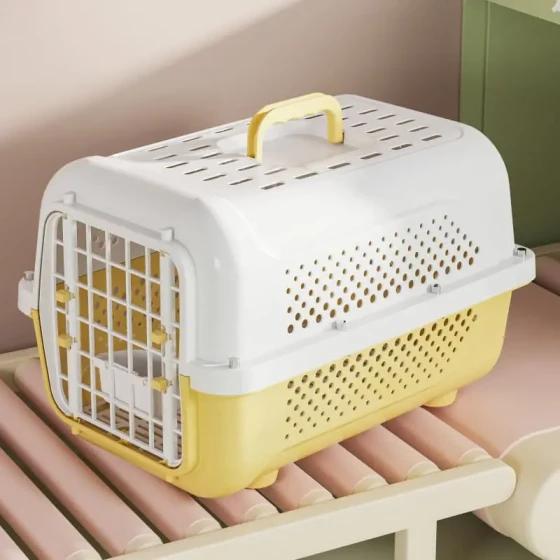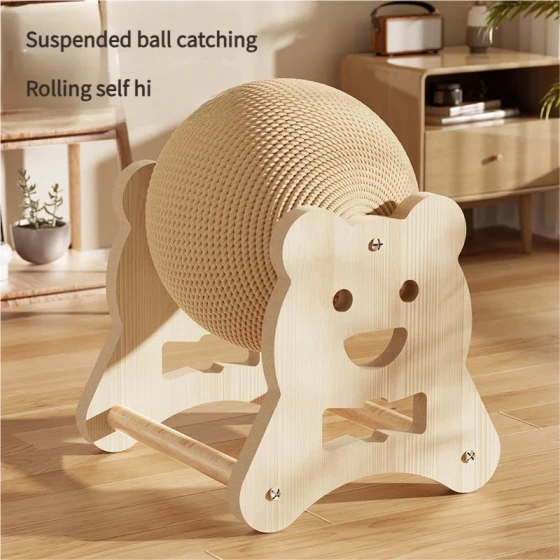Precautions During the Breeding Period of Persian Cats

Persian Cat
The Persian cat is a much-loved and admired pet breed. Its elegant and beautiful appearance makes it unforgettable at first sight. Persian cats are placental mammals, and like humans, their breeding period requires meticulous care and management. Proper feeding is also the key to ensuring the health of both the Persian cat and its unborn kittens.
The normal pregnancy cycle of a Persian cat lasts about 63-67 days. In the early stages of pregnancy, the owner does not need to provide special dietary management, but necessary behavioral management is very important. Owners should limit the Persian cat’s vigorous exercise and running to avoid miscarriage caused by impact or excessive movement.
As the pregnancy progresses and the kittens grow in the womb, the Persian cat’s appetite will gradually increase. During the middle to late stages of pregnancy, the owner should prepare enough nutritious, easily digestible, and absorbable food. Daily meals can include lean meat, fish, and other protein-rich foods, with some vegetables appropriately added, and a daily calcium supplement of 0.2 grams. At the same time, reduce carbohydrate grains intake to prevent excessive weight gain that may lead to difficult delivery.
When the Persian cat approaches the delivery period, the owner should help prepare for birth. Choose a quiet and comfortable place for the cat to give birth and prepare a sufficiently large, comfortable, and clean birthing box, scissors, etc. When the cat is close to labor, avoid disturbing her. The owner can quietly observe the birthing process and provide timely assistance if any birthing difficulties occur, ensuring the healthy and safe delivery of kittens as well as the mother cat’s safety.





